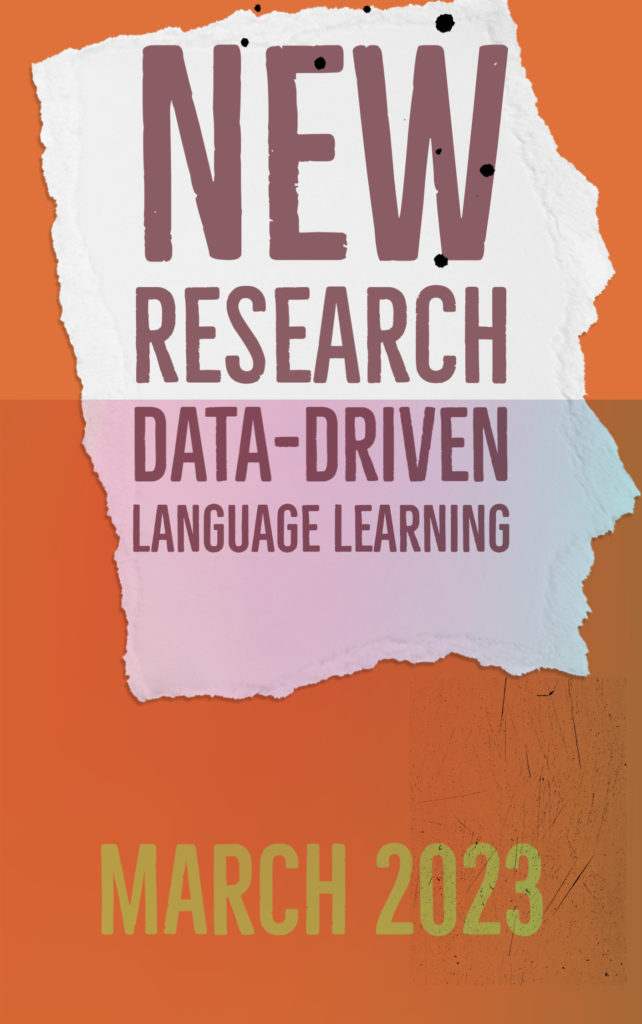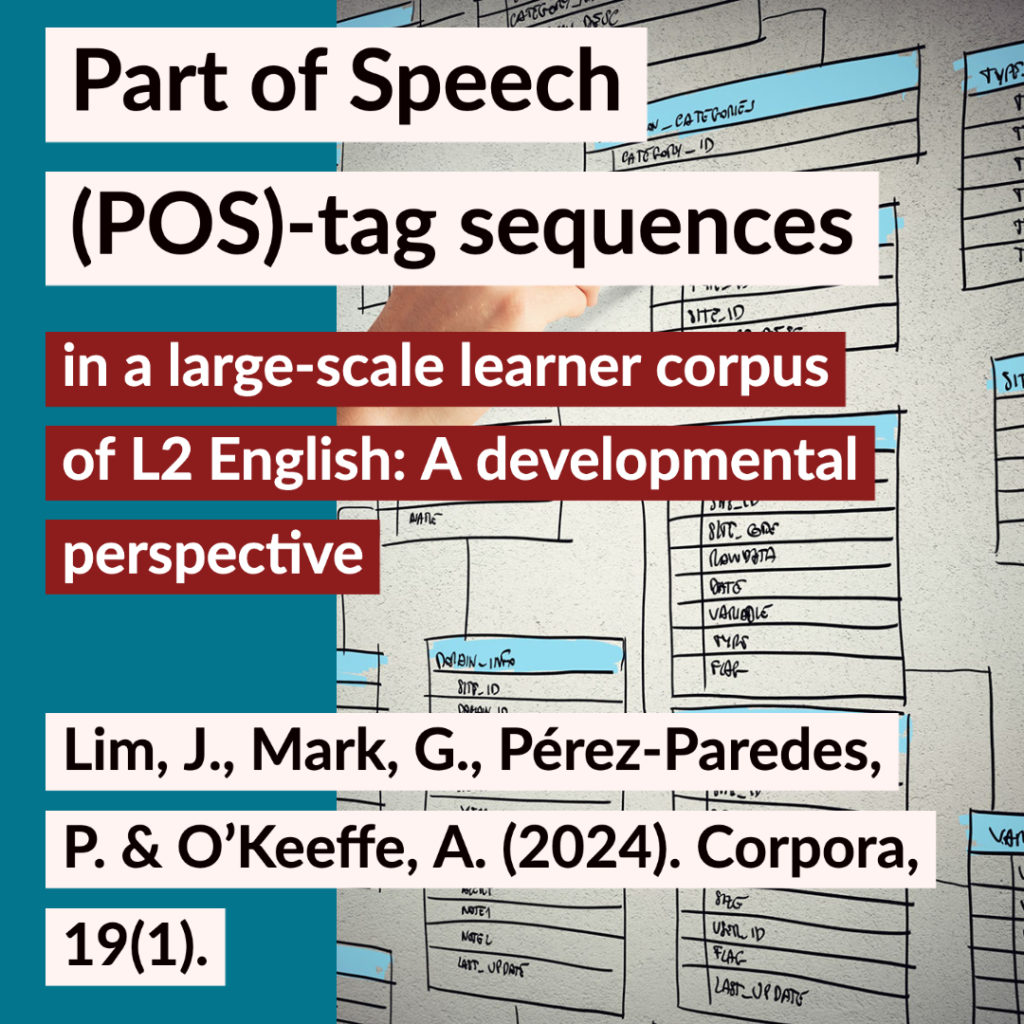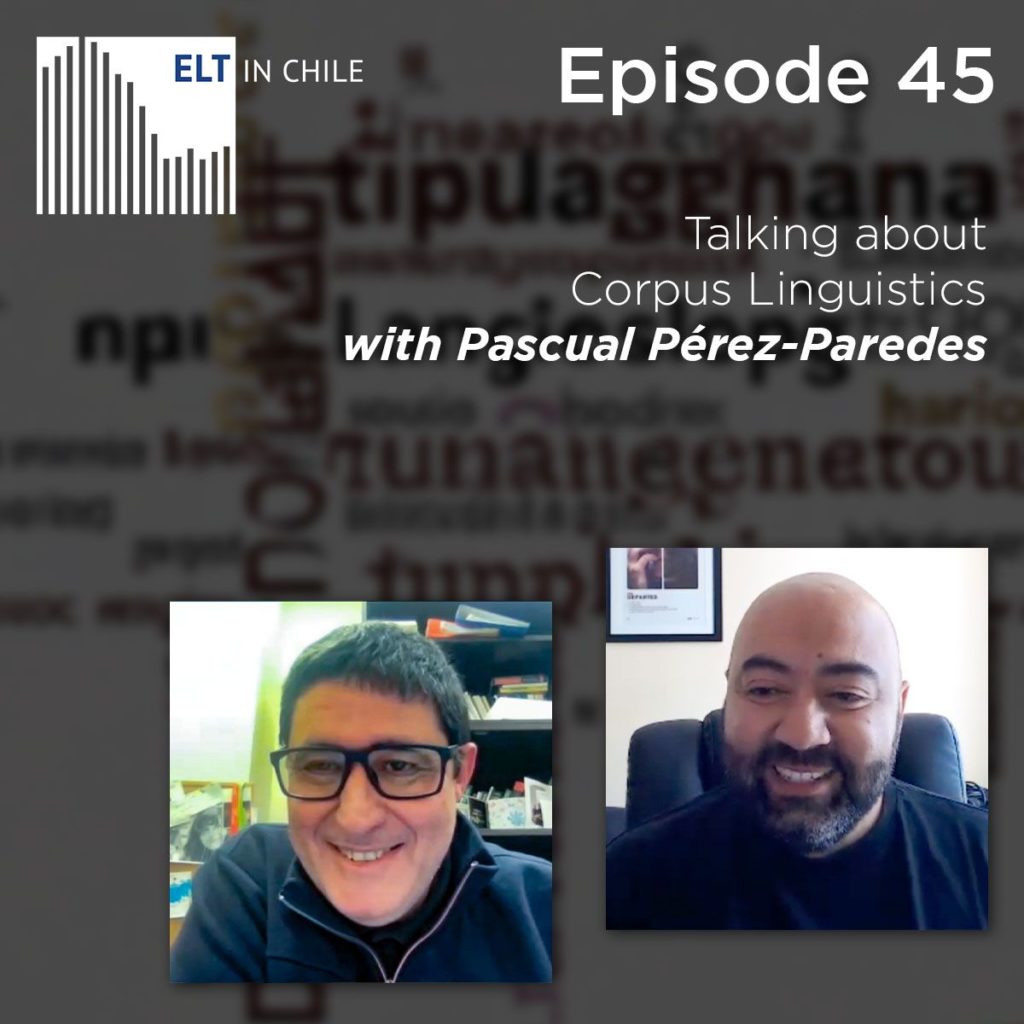
Allan, R. (2023). Reserved for Research? Normalising Corpus Use for School Teachers. Nordic Journal of English Studies, 22(1).
Allan, R., Walker, T., & Langum, V. (2023). Data-driven learning: Tools, approaches, and next steps. Nordic Journal of English Studies, 22(1), 1-12.
Muftah, M. (2023). Data-driven learning (DDL) activities: do they truly promote EFL students’ writing skills development? Education and Information Technologies, 1-27.
O’Keeffe, A. (2023). A Theoretical Rationale for the Importance of Patterning in Language Acquisition and the Implications for Data-driven Learning. Nordic Journal of English Studies, 22(1), 16-41.
Şahin Kızıl, A. Data‐driven learning: English as a foreign language writing and complexity, accuracy and fluency measures. Journal of Computer Assisted Learning.



